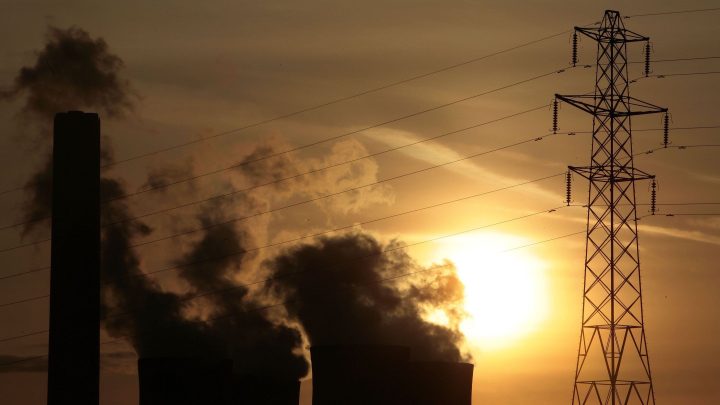
New fees and new tech may curb methane emissions

Energy production contributes a third of global methane emissions — emissions that new data from the International Energy Agency shows have held at around 130 million metric tons in 2023, since peaking in 2019. That’s the case even though there are cost-effective ways to reduce methane emissions, a key contributor to global temperature increases.
So why aren’t methane emissions decreasing in the energy sector? The potent greenhouse gas is everywhere you find natural gas, from liquefied natural gas terminals and wellheads to stoves.
“If you have a gas stove, when you turn it on, it’s largely methane that is being combusted there to heat your food,” said Brian Prest with think tank Resources for the Future.
He said companies have made efforts to cut emissions, but their projects still leak methane. For instance: “Something going wrong in a valve and suddenly you have a bunch of methane spewing out,” he said.
Companies can decrease emissions by buying better equipment. That can be a hard investment to make, but there’s an incentive now. Some companies will face new charges this year for methane emissions — costs that will go up in subsequent years.
One problem is that it’s hard to measure methane emissions.
“It makes a lot of things difficult,” said Todd Cort with the Yale Center for Business and the Environment. “It makes it difficult to say how much is it going to cost us to reduce it. It makes it difficult to say whether we’re going to meet these targets.”
But that data is improving, thanks to new technology like methane-measuring satellites — just one example of the recent scaling up of measurement technology, said Arvind Ravikumar with the University of Texas at Austin.
“And in the next two to three years, you’re going to see a significant expansion in the deployment of these technologies to detect and reduce methane emissions,” he said.
So both regulators and companies will be able to more accurately track emissions — and, ideally, reduce them — as new fees and regulations on methane take effect.
There’s a lot happening in the world. Through it all, Marketplace is here for you.
You rely on Marketplace to break down the world’s events and tell you how it affects you in a fact-based, approachable way. We rely on your financial support to keep making that possible.
Your donation today powers the independent journalism that you rely on. For just $5/month, you can help sustain Marketplace so we can keep reporting on the things that matter to you.











